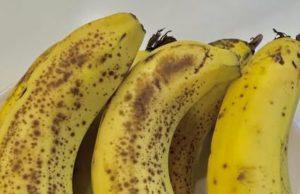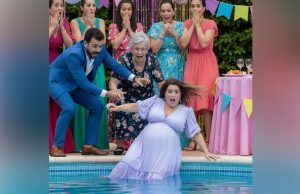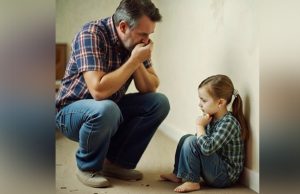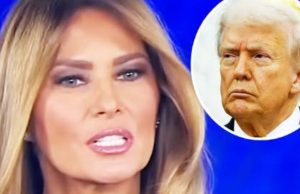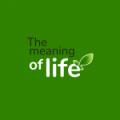
Meghan Markle has been widely recognized as the Duchess of Sussex since her marriage in May 2018.
However, after she and Prince Harry stepped back from their roles as senior working royals in early 2020, they were required to stop using their “His/Her Royal Highness” (HRH) titles. Despite this, they retained the right to use their Sussex titles.
Now 43, Meghan has continued to use the Sussex title publicly. In fact, during a recent episode of her popular Netflix docuseries, With Love, Meghan, she corrected her friend Mindy Kaling, who had called her “Meghan Markle.” Meghan responded, “It’s so funny you keep saying Meghan Markle. You know, I’m Sussex now.”
She went on to explain why the name holds deep personal meaning for her, emphasizing how special it is to share a surname with her two children—Prince Archie, 5, and Princess Lilibet, 3.
“You have kids and you go, ‘No, I share my name with my children.’ I didn’t know how meaningful it would be to me, but it just means so much to say, ‘This is our family name. Our little family name,’” she said.

Following the show’s March 4 premiere, Meghan’s surname drew renewed public interest.
During her appearance on The Drew Barrymore Show, the host introduced her as “Meghan Sussex,” marking the first time she was publicly addressed that way.
Despite adopting the Sussex title, Meghan has recently faced criticism for referring to herself—and possibly Prince Harry—as “Your Royal Highness” in a message shared on Instagram.
The post included a letter from Ukraine’s vice president that began with the salutation, “Your Royal Highness, I would like to express my sincere thanks for everything your family is doing for Ukraine.”

This sparked controversy, as the use of HRH titles had been prohibited when the couple officially left their royal roles. At the time of their departure, Buckingham Palace issued a statement clarifying that, as non-working members of the Royal Family, the Sussexes would no longer use their HRH styles.




